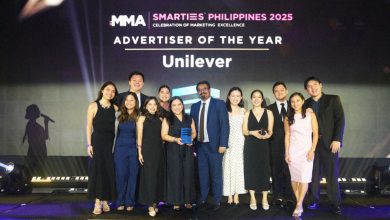SINGAPORE — R3’s report “Authenticity and Transparency in SEA Influencer Marketing” addresses shifts in strategy across the influencer landscape in Southeast Asia (SEA), from brand focus and platforms to formats and governance. The independent marketing consultancy also closely examines what enhances influencer and agency performance through insights drawn from interviews with industry leaders and influencers.
Influencer marketing advertising spend in SEA has a projected CAGR of 11% over 2024 to 2029 (Statista, 2024). With 82% of consumers in the region admitting that influencers inspire their purchasing decisions, it is no surprise that SEA marketers consider influencer marketing a key strategic investment (Impact & Cube, 2023).

Top 10 Social Platforms in Southeast Asia
Free Social Apps (April 2024)
“Southeast Asia’s influencer marketplace is diverse yet niche, large yet siloed, engaged yet fleeting. Looking through a wider APAC lens may provide marketers some insight into the region but understand influencer marketing by country is key to optimising return on investment,” said Shufen Goh, Co-founder and Principal at R3.
As brands delve into a full-funnel strategic and localized approach to influencer marketing, it has become of utmost importance to rethink and evolve their agency and influencer partnerships.
“Gone are the days of brief, transactional engagements. Now, clients are more invested in cultivating enduring, strategic relationships with influencers,” said Melantha Tan, Strategy Director at We Are Social Singapore. “Imagine your favourite influencer organically integrating a product into their lifestyle over time, nurturing trust and a sense of familiarity. This continuous collaboration paves the way for a more nuanced and impactful brand narrative to unfold.”
Areas of best practice for marketers looking to elevate their influencer marketing in SEA include:
- Compliance with local market regulations: SEA is no stranger to regulatory challenges such as tax evasion and digital payment scams. Local governments are stepping up to address social and economic threats that have emerged as the result of the influencer boom, and marketers must ensure that in-house and agency partnerscomply with content, compensation, and tax regulation.
- Understanding the full spectrum of influencer marketing capability: Agencies are evolving to meet the increasingly sophisticated conditions and demands of influencer marketing. Many are building media, performance tracking and analysis capability, as well and strategic arms. Marketers also have the option to use specialized self-service platforms and AI tools to drive speed and scale with automation.
- Leveraging the “inside scoop” offered by influencers: As influencers often lead and dictate the tastes and preferences of their audiences, brands need to consider investing in more collaborative partnerships that allow creators to integrate intimate knowledge of their audience with experimental formats and ideas.








